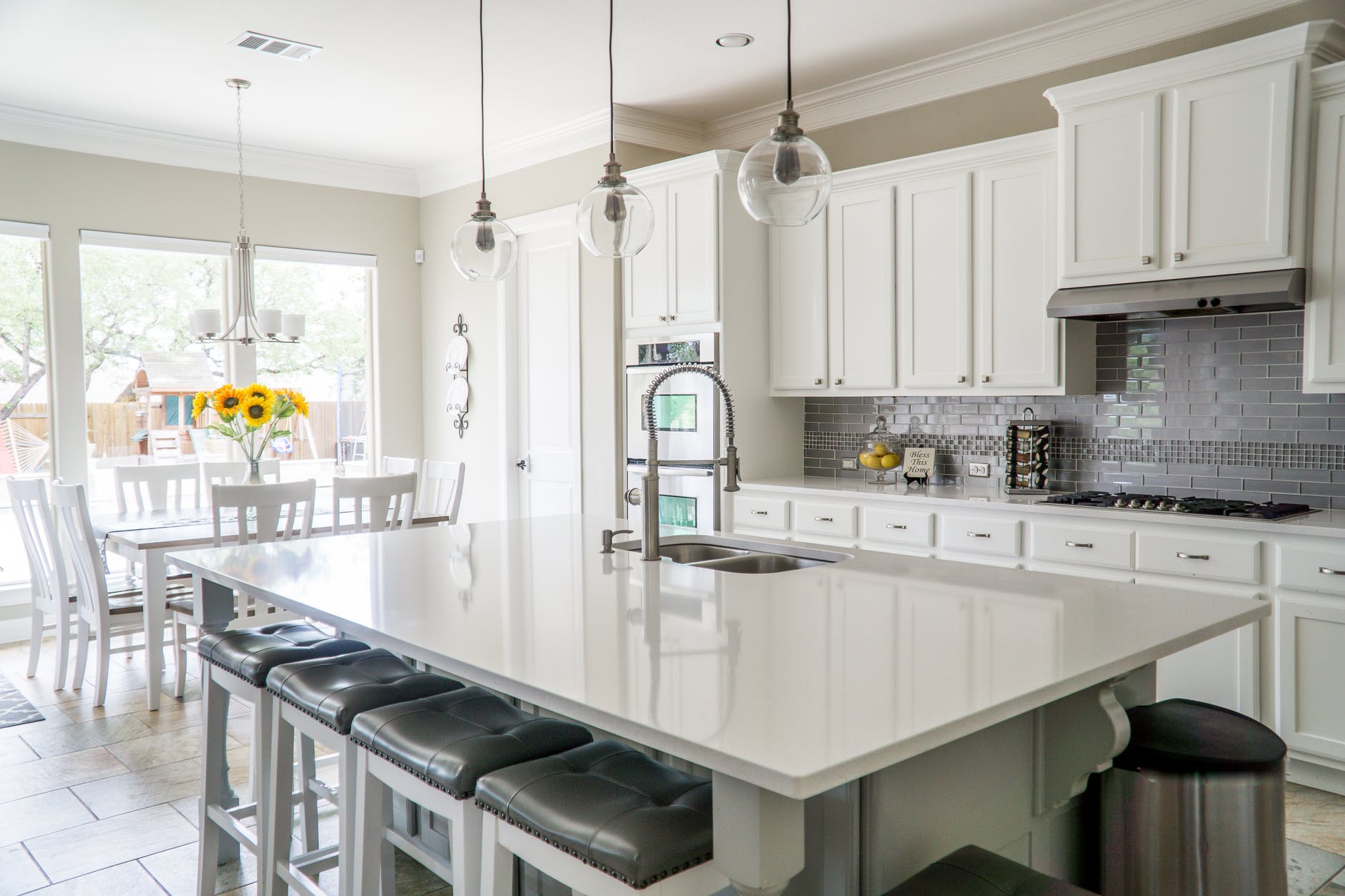Everything You Need to Know About Base Cabinets
Due to its size and capability to occupy a large portion of visual space, a set of well-crafted cabinetry is often considered as a defining factor that sets most of the finest kitchens apart from its mediocre counterparts. As the main provider of storage, kitchen cabinets also play a major role in keeping the area free of clutter and establishing boundaries between work stations. Nonetheless, it is tough to imagine a kitchen without any kind of cabinetry or at least floating shelves to accommodate a large number of tools and other items necessary for preparing meals.
In order to maximize the benefits mentioned above of kitchen cabinets, they must be positioned strategically for easier access. This led to the emergence of two different variants of kitchen cabinets – the wall cabinet and the base cabinet.
Wall Cabinets vs. Base Cabinets
Both the wall and base cabinets are more commonly known as the upper cabinets and lower cabinets, respectively. The two cupboards are almost entirely similar to each other in terms of purpose. Still, their structures are distinctively designed so that they can be installed in two possible locations: the elevated part of the wall and the flooring. In kitchen remodeling, it is pretty much common to renovate a kitchen using a combination of base and wall cabinets.
But enough about wall cabinets – for this article, we are going to talk more about the base cabinets, especially in its essence in maintaining the function and aesthetic quality of a kitchen.
Base Cabinets: Its Purposes
Base cabinets can be installed on the floor and be connected to other kitchen units such as the sink, countertop, cooktop, and even the island. Being an important component of the kitchen’s overall layout, base cabinets possess the following functions:
1. Base cabinets serve as the carrier of multiple kitchen units.
The sink, countertop, and the island must be mounted on an elevated surface before they can be used to day-to-day kitchen activities. Base cabinets are excellent mechanisms to hold these units with enough sturdiness and durability to keep them from working every day.
2. Base cabinets help in forming the kitchen’s floor plan or layout.
There are a number of kitchen layouts that can be developed before a kitchen remodeling project. Each layout has its own advantages, but all of them mostly requires proper positioning of the base cabinets. Whether it’s an L-shape of U-shape type of layout, base cabinets are crucial building blocks that can define a pre-determined floor plan or layout.
3. Base Cabinets provide the majority of available kitchen storage.
It is easier to store and take items from the base cabinets compared to the other set of cupboards mounted on the walls. Base cabinets are excellent in hosting larger items like pots and pans and be accessorized and upgraded in a lot of ways. From the drawers, shelves, and its outside panels, base cabinets are highly customizable. Even the old-looking base cabinets are capable of being upgraded through kitchen cabinet refacing.
Options for Installing Base Cabinets
Base cabinets are available upon installation in different forms:
- Ready-to-Assemble (RTA) Cabinets
- Freestanding Cabinets
- Custom Cabinets
- Semi-Custom Cabinets
Tired with the look of your old kitchen cabinets? Then you better have them refaced. Let us help you uplift the look of your kitchen cabinets with our cabinet refacing service! Visit our website today at www.kitchencabinetrefacing.com or call us at (800) 581-0694 to learn more.





